The Painted Elephants of India
I could not resist sharing these beauties. My elephant adoration is peaking again along with my constant wanderlust…
Painted Elephants via National Geographic
By Rachel Hartigan Shea
Photograph by Charles Fréger
Held in high esteem, elephants have played an outsize role in India’s history and culture.
The royalty of India—Hindu and Muslim—understood long ago that power was best wielded from the back of an elephant. Kings appeared before their dazzled subjects on elephants whose ivory tusks glittered with gold and silver and whose bodies shimmered in silk and velvet. “An elephant mounted by a king is radiant; a king mounted on an elephant is resplendent, ” proclaims one historical manuscript.
Tourists are now king, and so at the Elephant Festival in Jaipur, Rajasthan, instead of pomp there are elephant polo, elephant tug-of-war, and an elephant beauty contest. The participants in the festival are working animals, which spend most days ferrying tourists up to the Amber Palace, a historic site above the city that attracts visitors from all over the world. For the annual festival the elephants are garbed in their finest costumes. Last spring photographer Charles Fréger traveled to Jaipur to capture the elephants in their glory—bright with paint, bangles, and drapes. He was drawn to the elephants because in India they are “sacred sometimes and being used sometimes.” But they also have strong personalities, he says, “playing and moving all the time.” He got the pictures, but then the festival was canceled, reportedly because animal rights groups raised concerns about how the animals were treated.
The elephant has long been revered by Indians. And that has “helped massively” to protect them, says Rachel Dwyer, a British scholar researching the cultural history of Indian elephants. “India’s elephants have survived in larger numbers than other elephants in Asia.” The elephant-headed god Ganesh, the remover of obstacles, is invoked before every new endeavor. Elephants add to the aura of temples and bestow blessings on the devoted. Beautiful women are said to walk with an elephant’s gait.
But the animals face an uncertain future. An estimated 3, 500 to 4, 000 elephants are held in captivity, and according to Suparna Baksi Ganguly, a former member of India’s Task Force on Elephants, “almost all are part of the huge illegal trafficking in wildlife.” Some steps have been taken to improve their welfare. The elephants photographed here dwell in Hathi Gaon, a village near the Amber Palace designed specifically for elephants and their mahouts. Tall enclosures that shelter the elephants are scattered among ponds where the mahouts bathe the great beasts at the end of the day. “Tradition has no meaning if it results in suffering and exploitation, ” says Ganguly, yet “all Indians, culturally, have love, respect, and great devotion for the elephant.”
Elephants once carried soldiers into battle. Now grooms ride them in splendid wedding processions.
After the celebration mahouts scrub the elephants’ skin to remove the paint, but some residue remains.
Working as a mahout has long been a family occupation, but according to a 2007 study, less than 3 percent of the mahouts interviewed wanted their sons to follow in their footsteps.
“The traditional mahout communities today are fragmented and almost nonexistent, ” says Suparna Baksi Ganguly, a former member of India’s Task Force on Elephants.
The elephants are decorated with the same kinds of pigments that are used during Holi, the Hindu festival in which celebrants splash each other with bright colors.
Professional artists paint the elephants in advance of the festival in Jaipur, which is held on the eve of Holi.
Ankus (elephant goads) are one of eight auspicious objects in Hinduism.
Maharajas once carried jeweled ankus as emblems of their power. These days mahouts use wooden sticks to control the elephants, since the sharp hook of the ankus has been outlawed.
According to one Hindu legend, the elephant was one of several treasures to emerge from the ocean when gods and demons worked together to stir up the waters.
Asian elephants lack the grand tusks of their African cousins, and many males don’t have tusks at all.
Females have tushes, long teeth hidden by their upper lips. Some mahouts screw long plastic tusks into the tushes (shown here) to make their elephants look more dramatic.
Be sure to subscribe to THE ENGLISH ROOM for extra news, giveaways and discounts.
Sorry, the comment form is closed at this time.



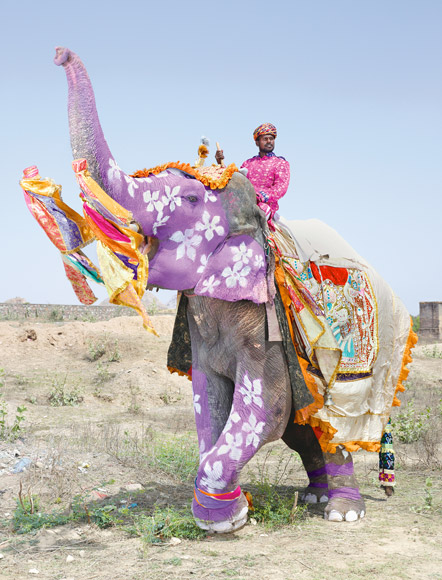
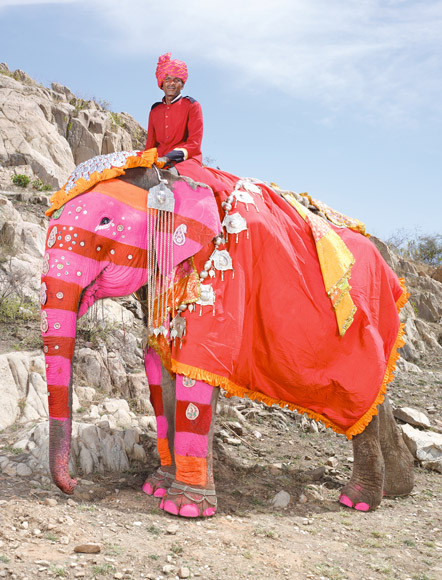
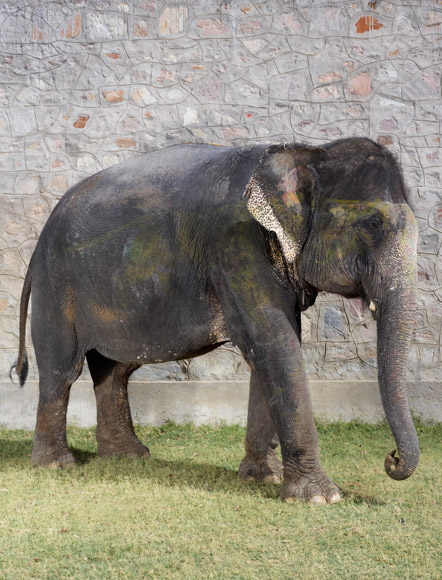
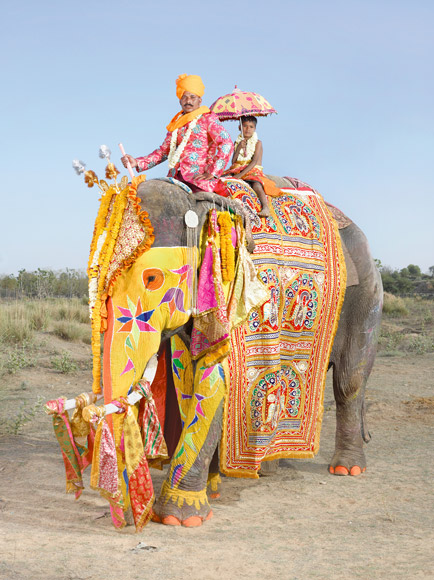
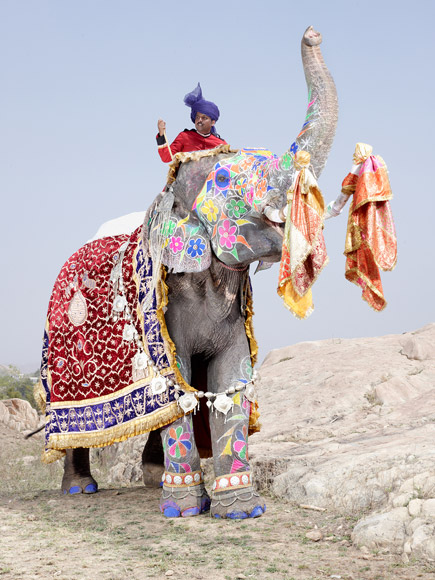
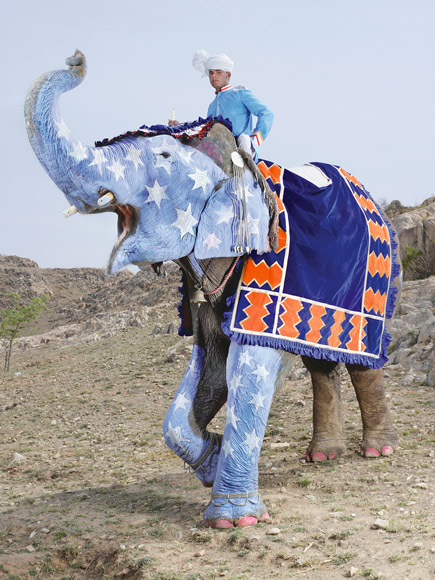
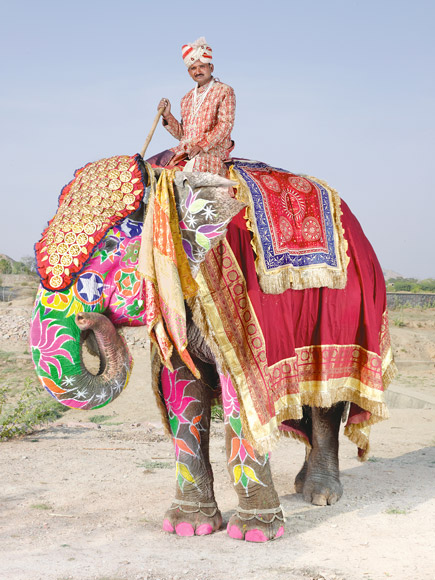
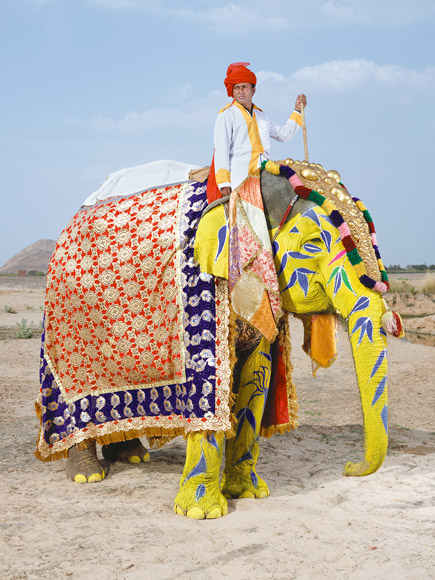
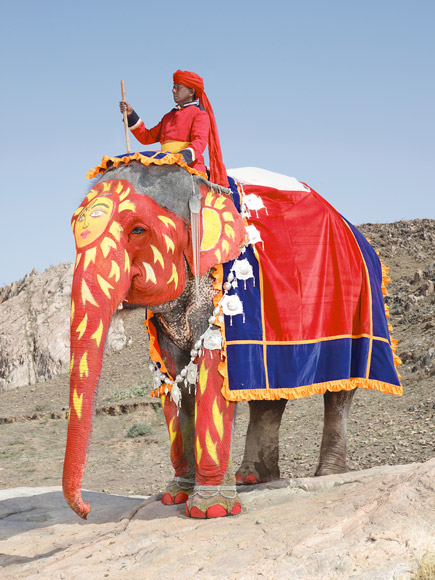
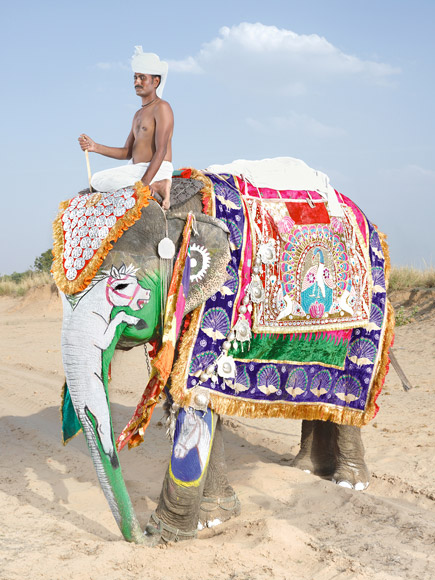
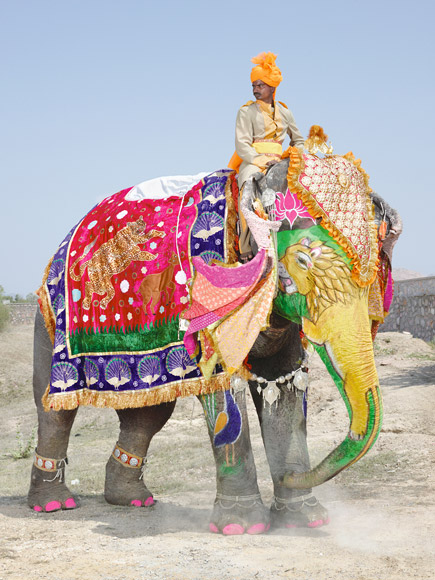
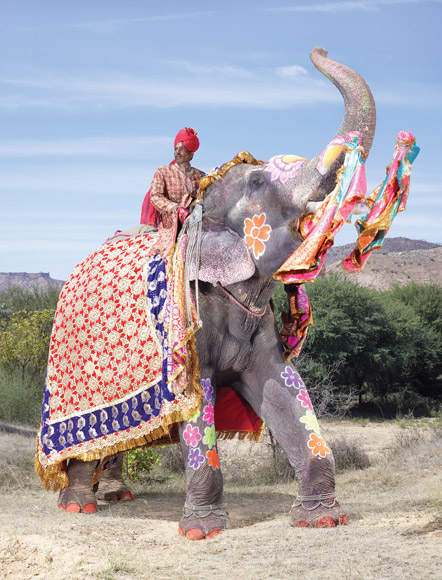
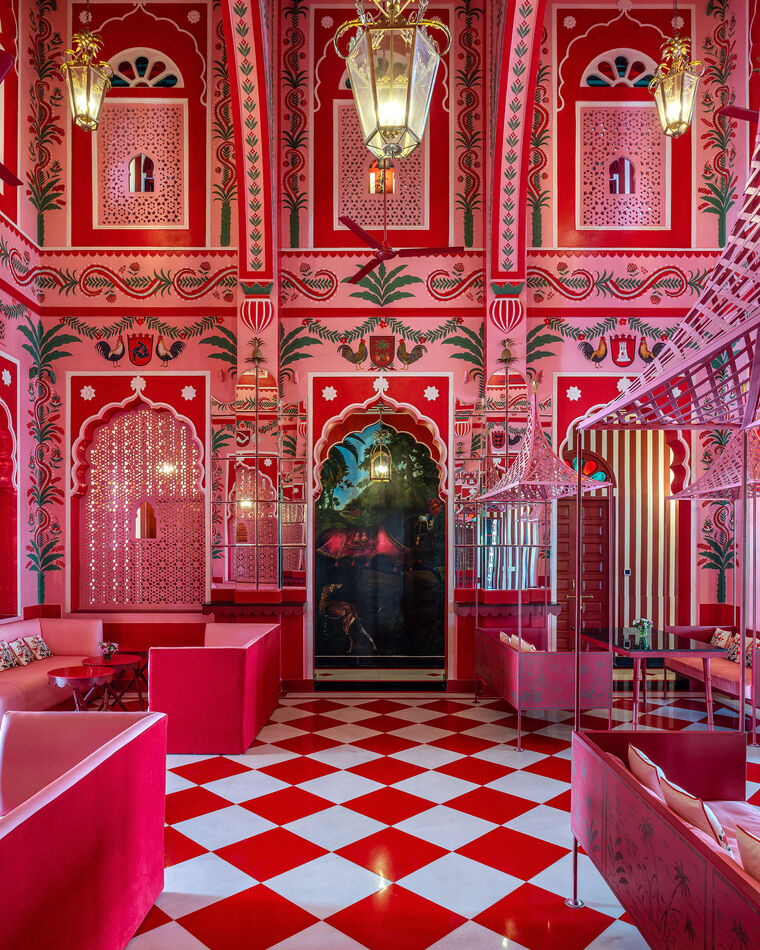
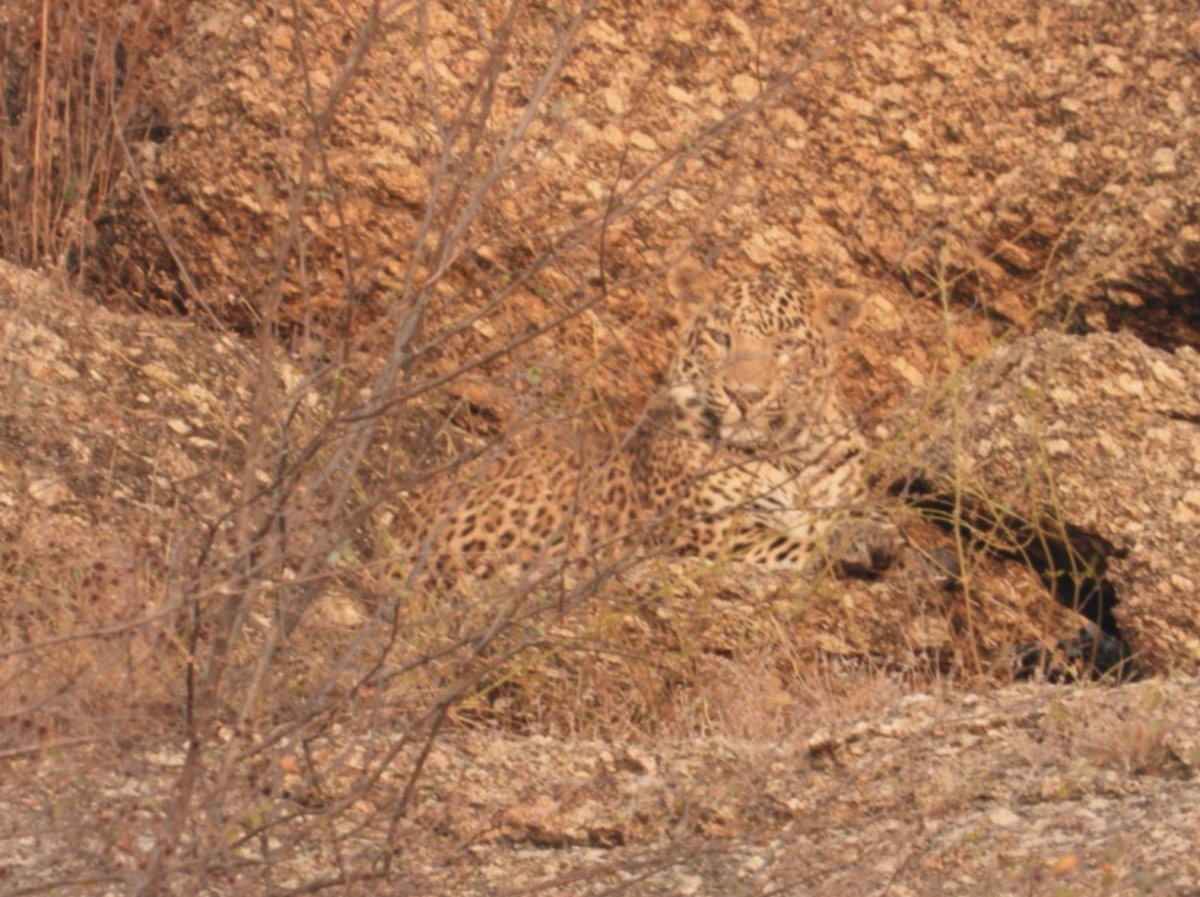
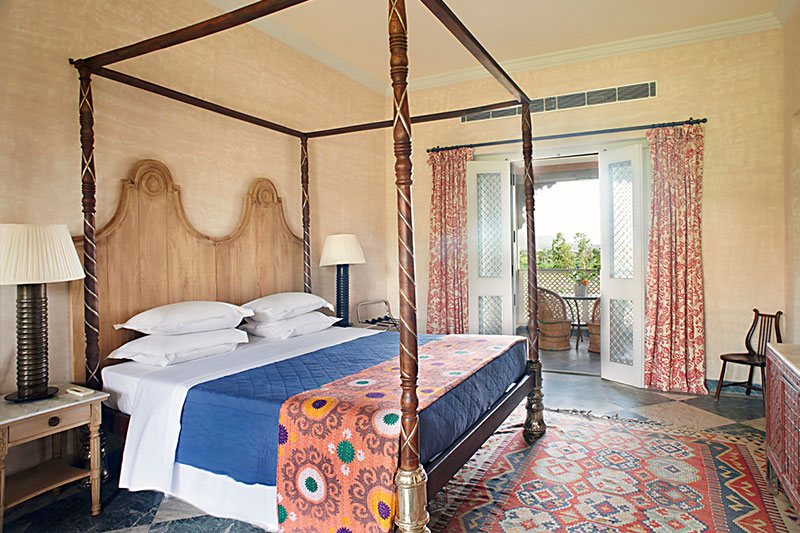
Homepage
… [Trackback]
[…] Read More here: theenglishroom.biz/2014/03/29/the-painted-elephants-of-india/ […]